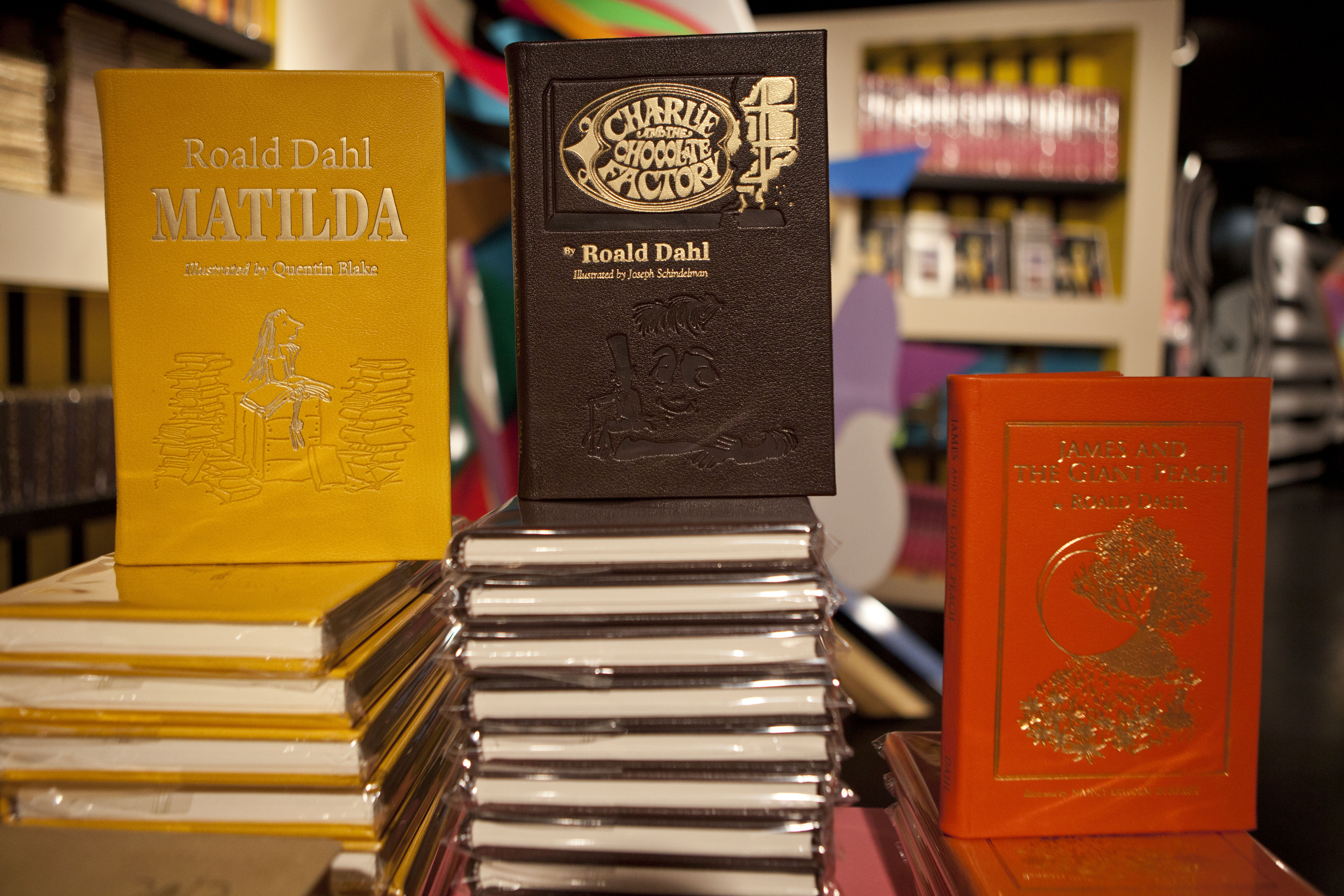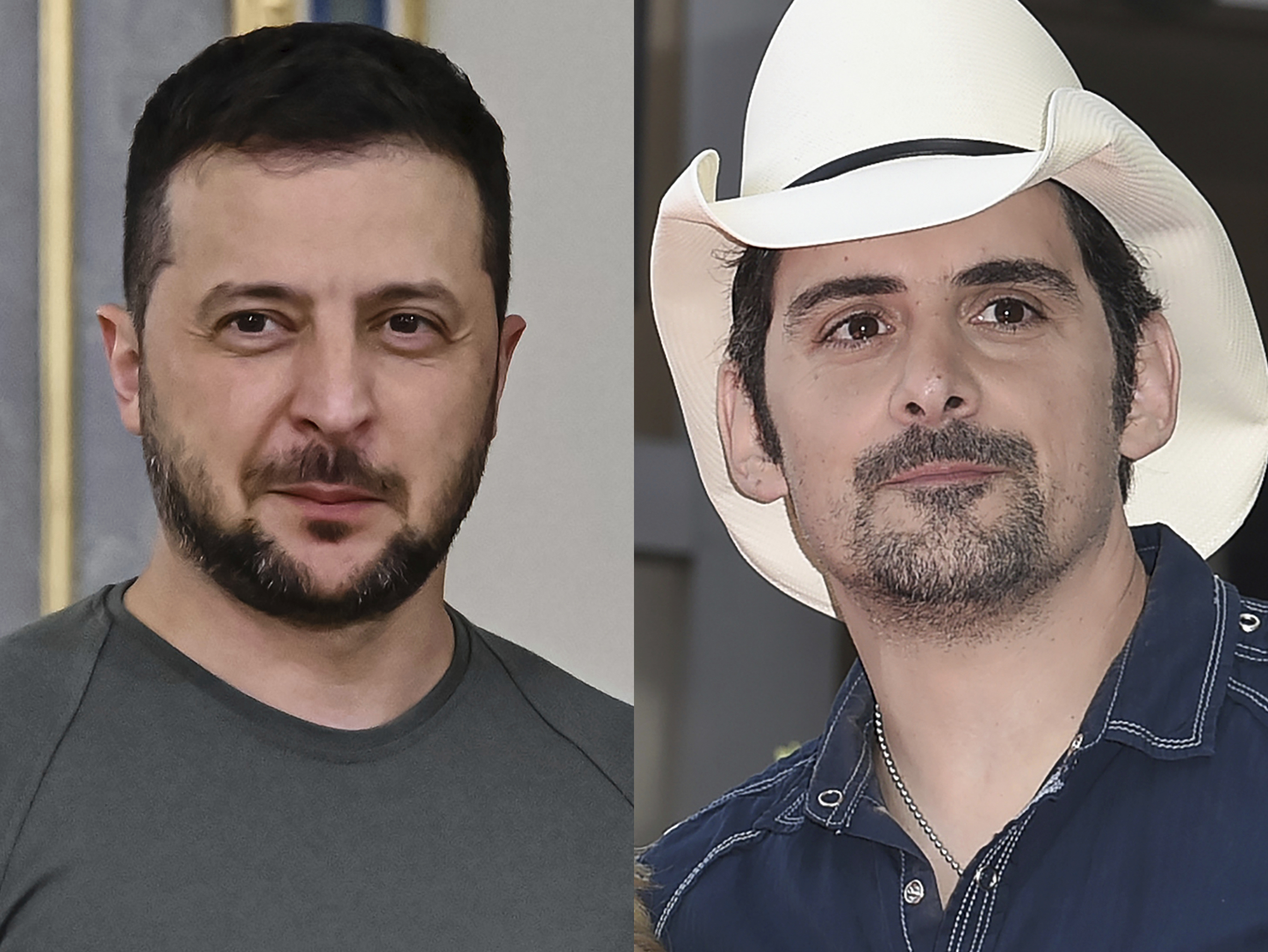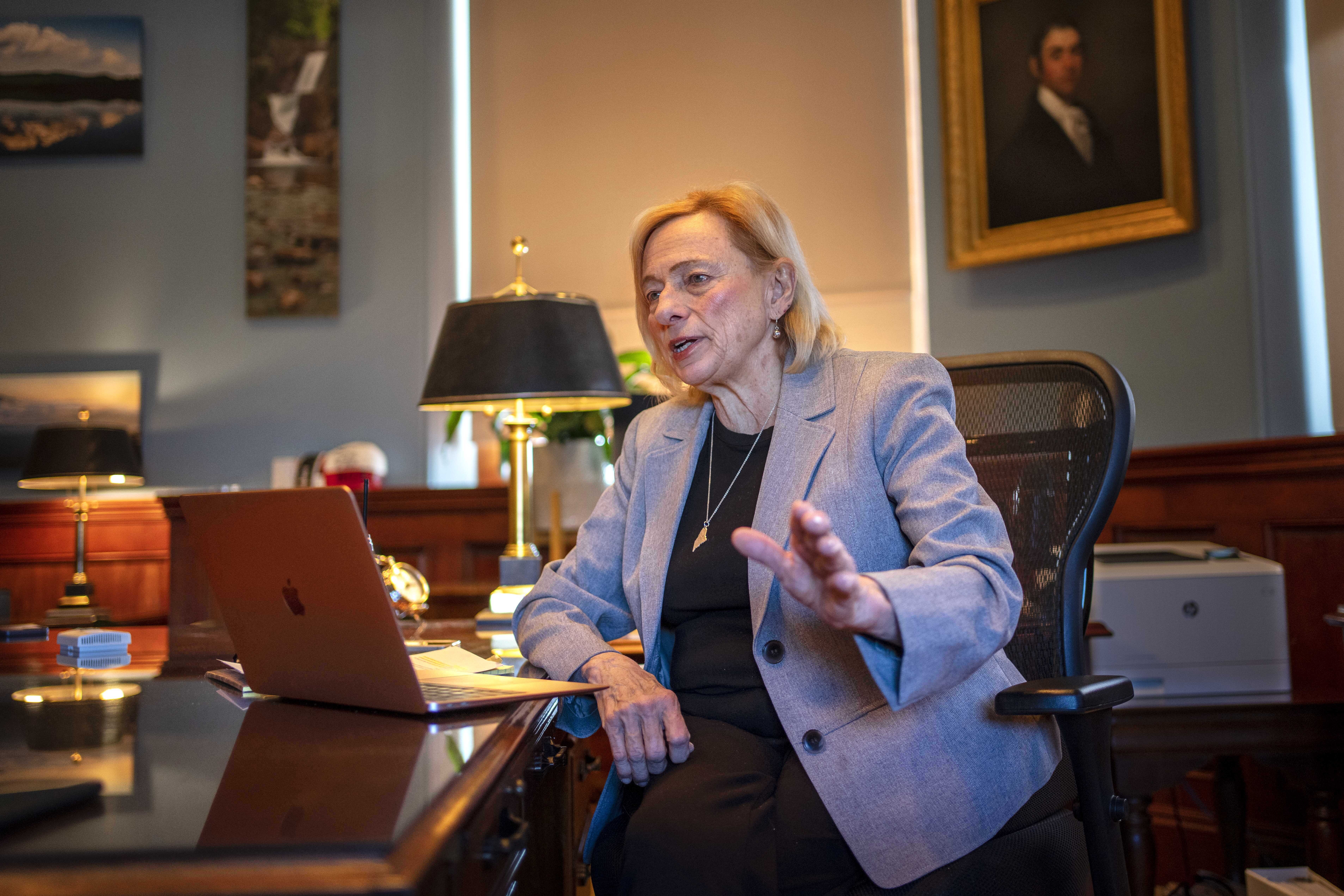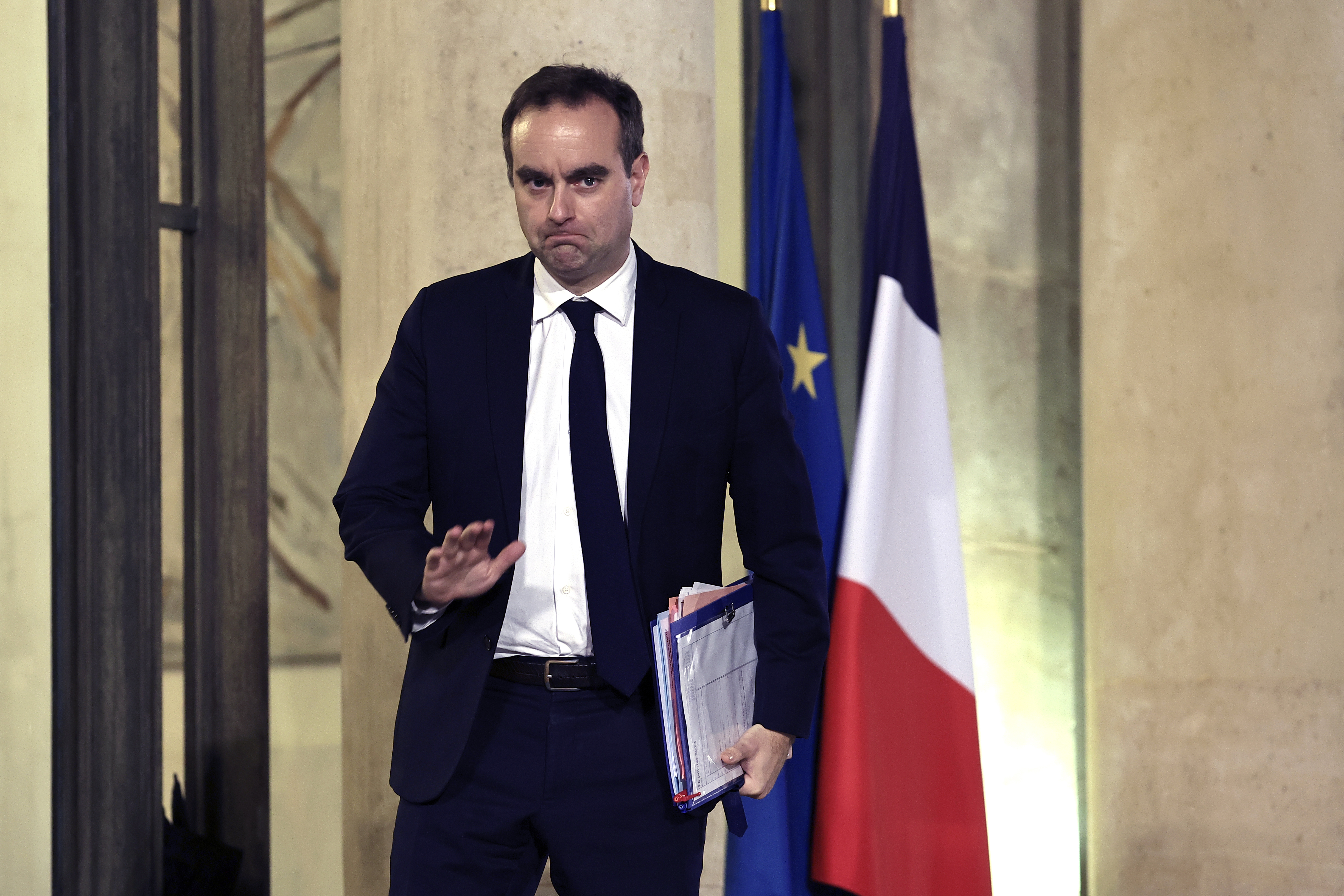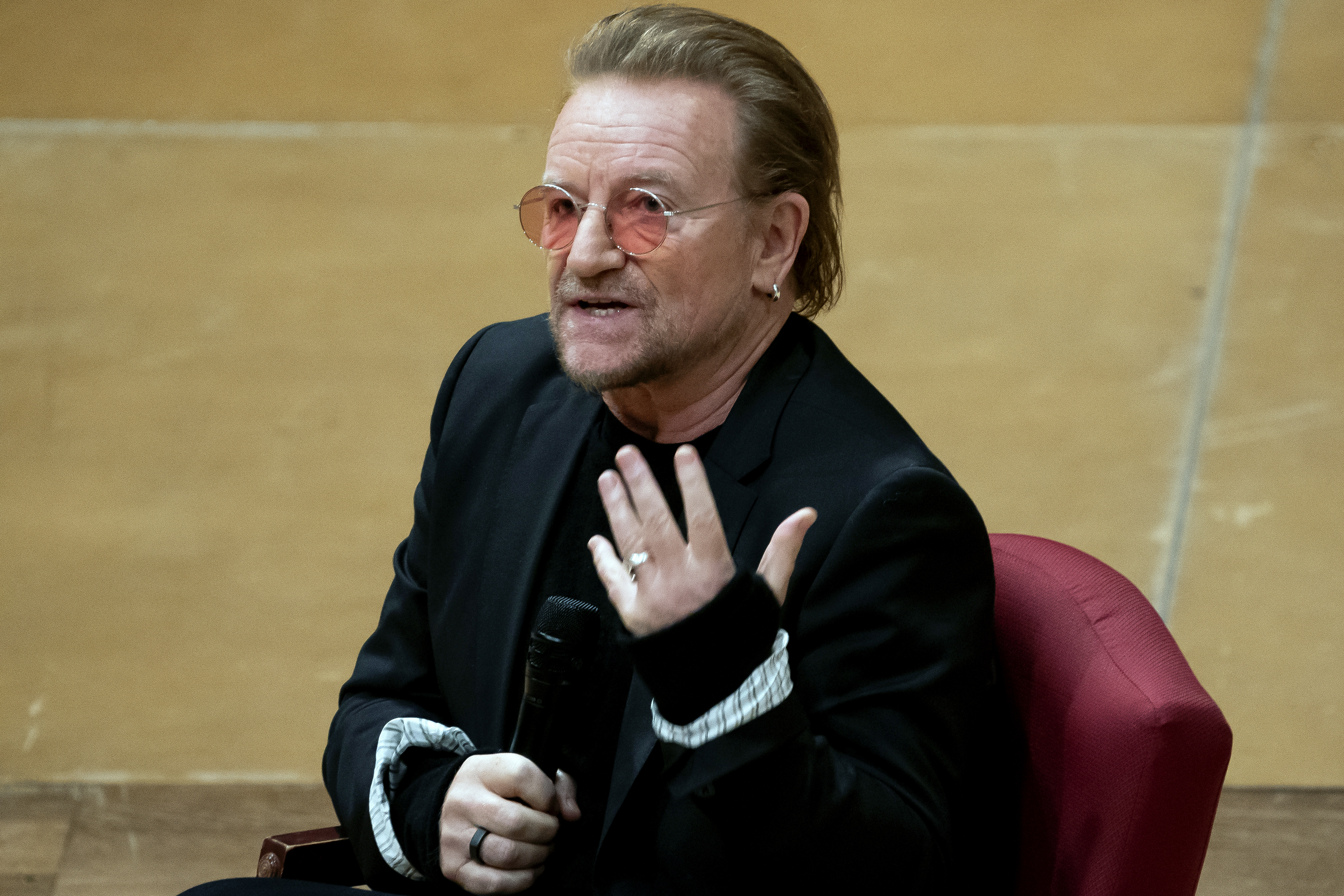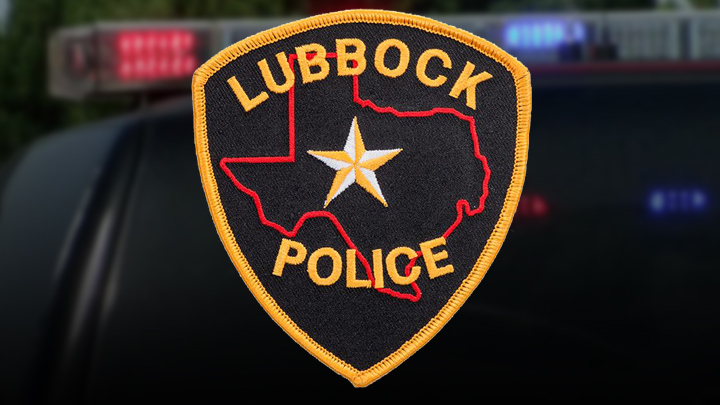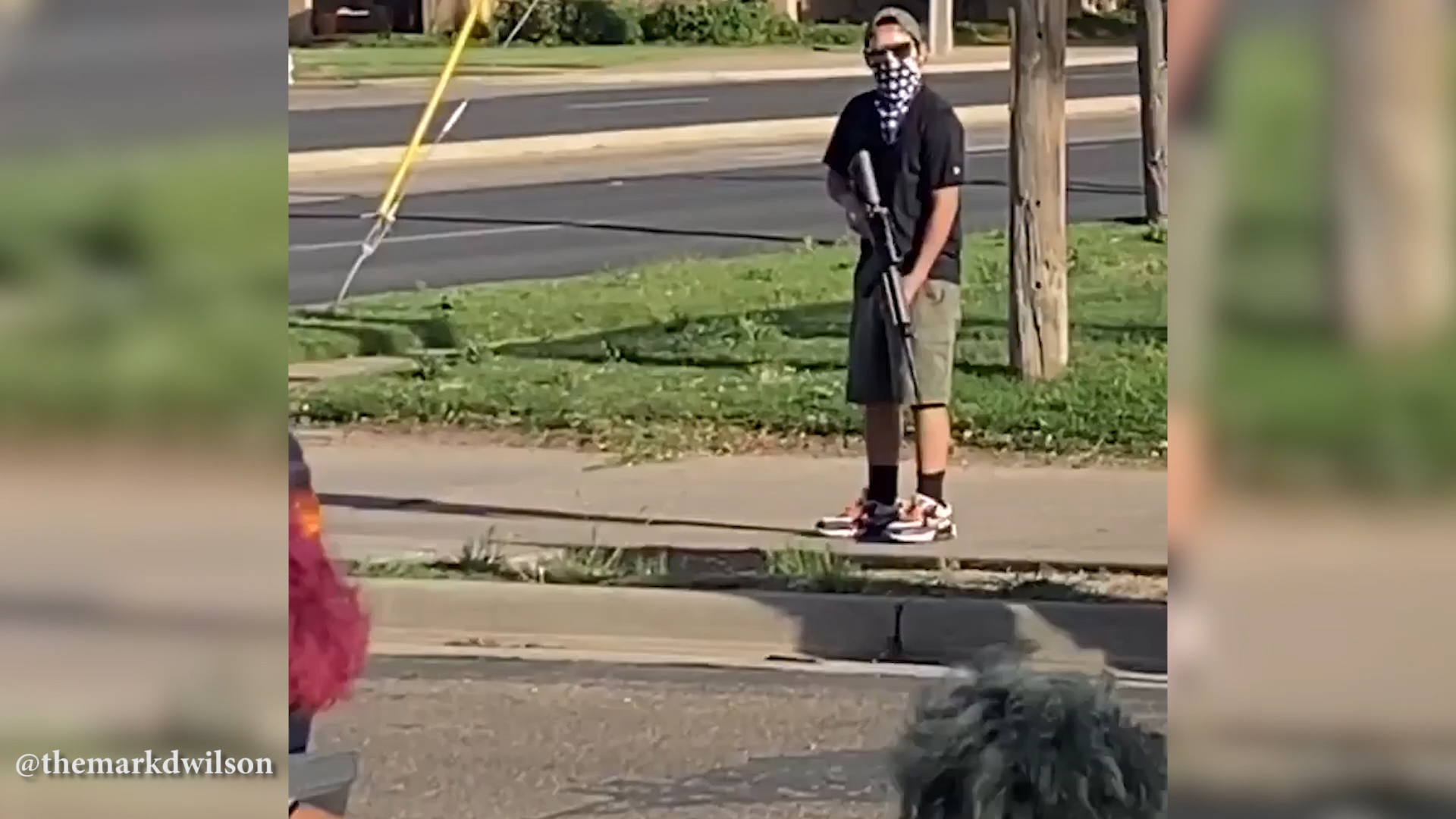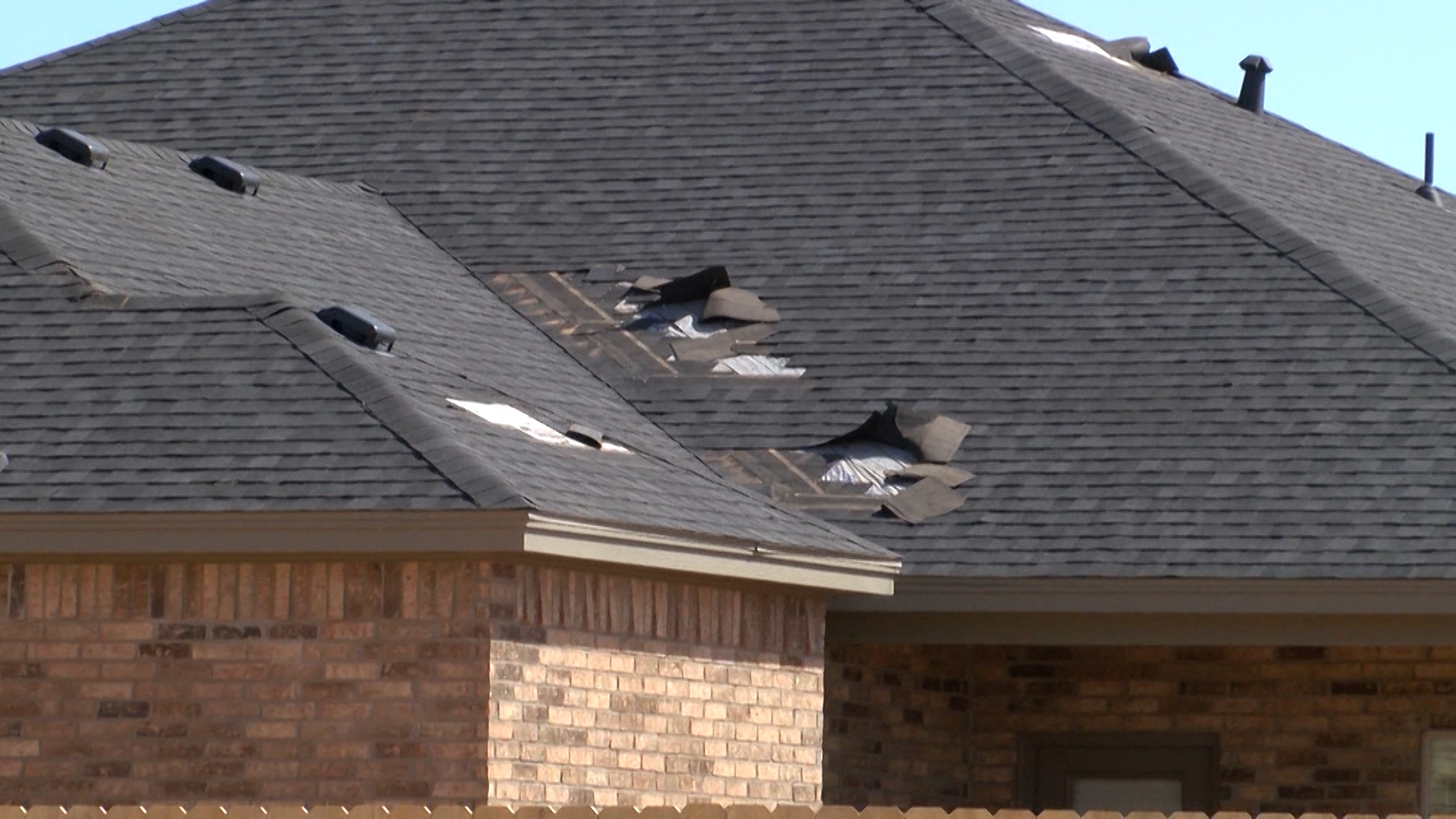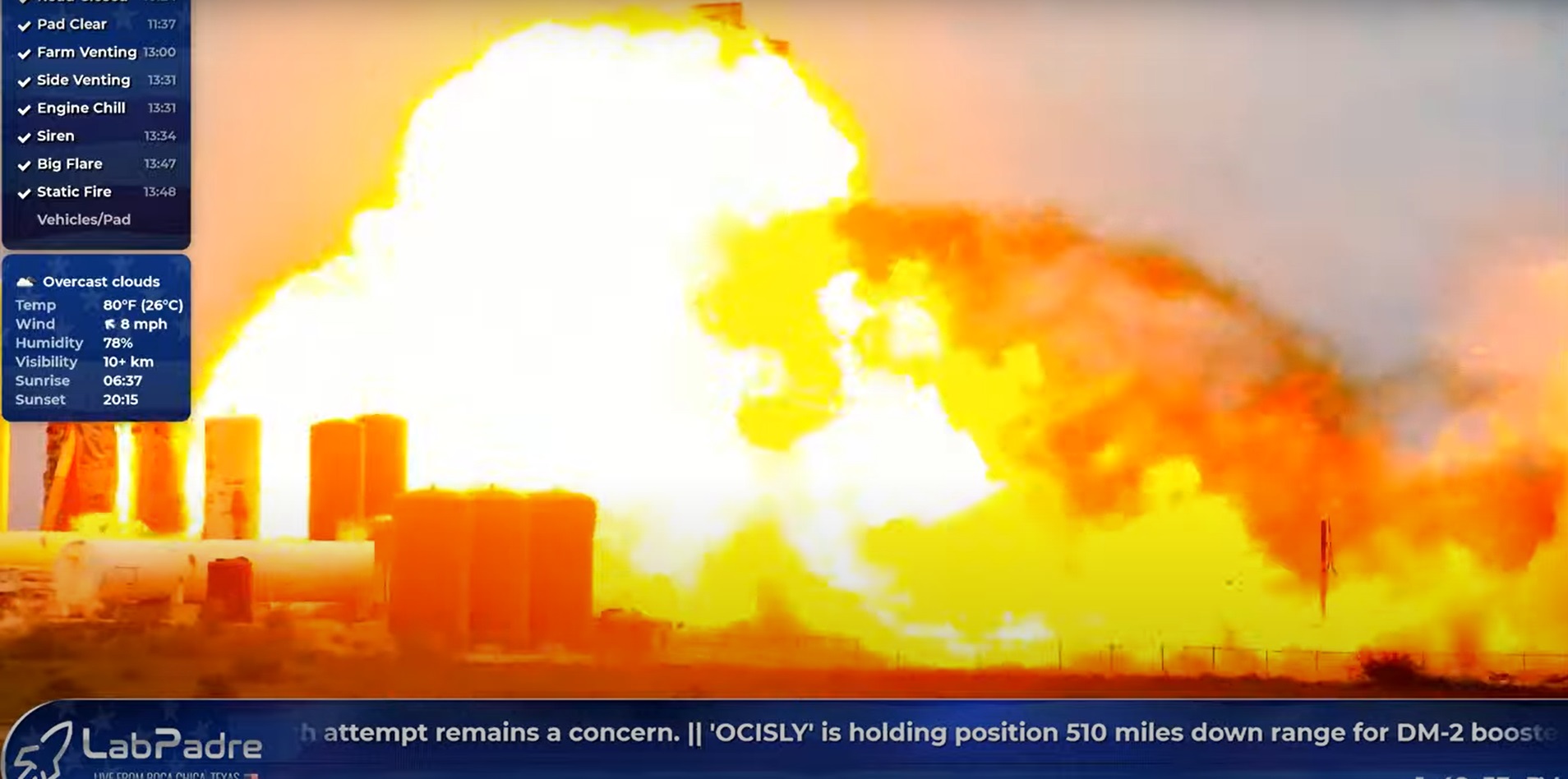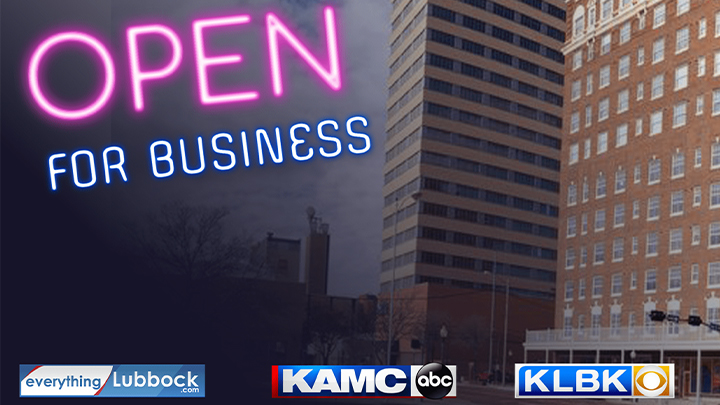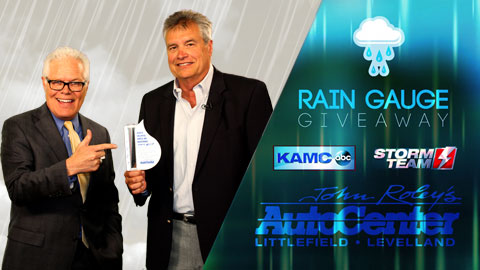LUBBOCK, Texas — After the Concorde had lost some of its luster with the rich and famous back in the 90’s, both British Airways and Air France tried to market the Concorde to that masses.
National Travel Systems promoted an event called “Lubbock to London” with British Airways by bringing in the Concorde G-BOAG to the Lubbock Preston Smith Airport.
Average ticket was $7,800.00 U.S. one way, and the Concorde had only one class of seating for only 100 people. It was as close to intergalactic travel as most mortals will get.
Passengers could even see the curvature of the Earth at 54,500 feet and the sky was darker due to thin atmosphere.
Flying at Mach 2, or 1,336 mph, the windows were warm to the touch because of the friction of air outside.
Traveling towards the west, the Concorde could overtake the sun and arrive at its destination before it leaves.
It was all about speed.
If Lubbock would have had a direct Concorde flight to London, England you could arrive there in roughly four hours!
The Concorde was conceived in the can-do spirit of the 1960s. After the Americans won the race to the moon, supersonic transport was the next technological advancement in aerospace.
The British and the French teamed up to take on Boeing, then the monster of aerospace, which was developing the SST — the supersonic transport. Boeing’s version was twice as big as the European model, and faster: Boeing’s engineers figured it would fly at Mach 2.5. But it was an expensive endeavor.
Boeing did not bet the company on it, and by the time the Senate voted in March 1971 to cut off federal subsidies that had helped finance development of the SST, Boeing had scrapped the jet.
Boeing decided to concentrate on building bigger aircraft for the masses like the 747.
Twenty Concordes were built and 14 entered airline service. There were 2 prototypes, 2 pre-production models and 2 “first off the line” production models. Of these, six are on show in museums and on display.
British Airways owned seven Concordes and Air France had five.
British Airways G-BOAG first flew on April 21, 1978 from Filton.
The aircraft flew the final Speedbird 2 service from New York on October 24, 2003, and left Heathrow for the final time on November 3. It spent a day “resting” and refueling in New York before making its final flight on November 5 from New York JFK to Boeing Field, Seattle in an unusual supersonic flight (which required special permission) over the sparsely populated part of northern Canada.
It is currently displayed at Seattle’s Museum of Flight, alongside the first 707 that served as Air Force One and the prototype Boeing 747. This Concorde has flown 16,239 hours.
British Airways and Air France were able to operate Concorde at a profit, in spite of very high maintenance costs, because the aircraft was able to sustain a high ticket price. … Sadly, the final Concorde was retired in 2003, three years after the crash of Air France Flight 4590, in which all passengers and crew were killed.
Will we ever have another Concorde type aircraft?
Not to be discouraged, last year NASA unveiled its new quiet supersonic prototype, called QueSST, which it says is 1,000 times quieter than Concorde (opening up routes over land) and it may be ready to test-fly in 2019.


